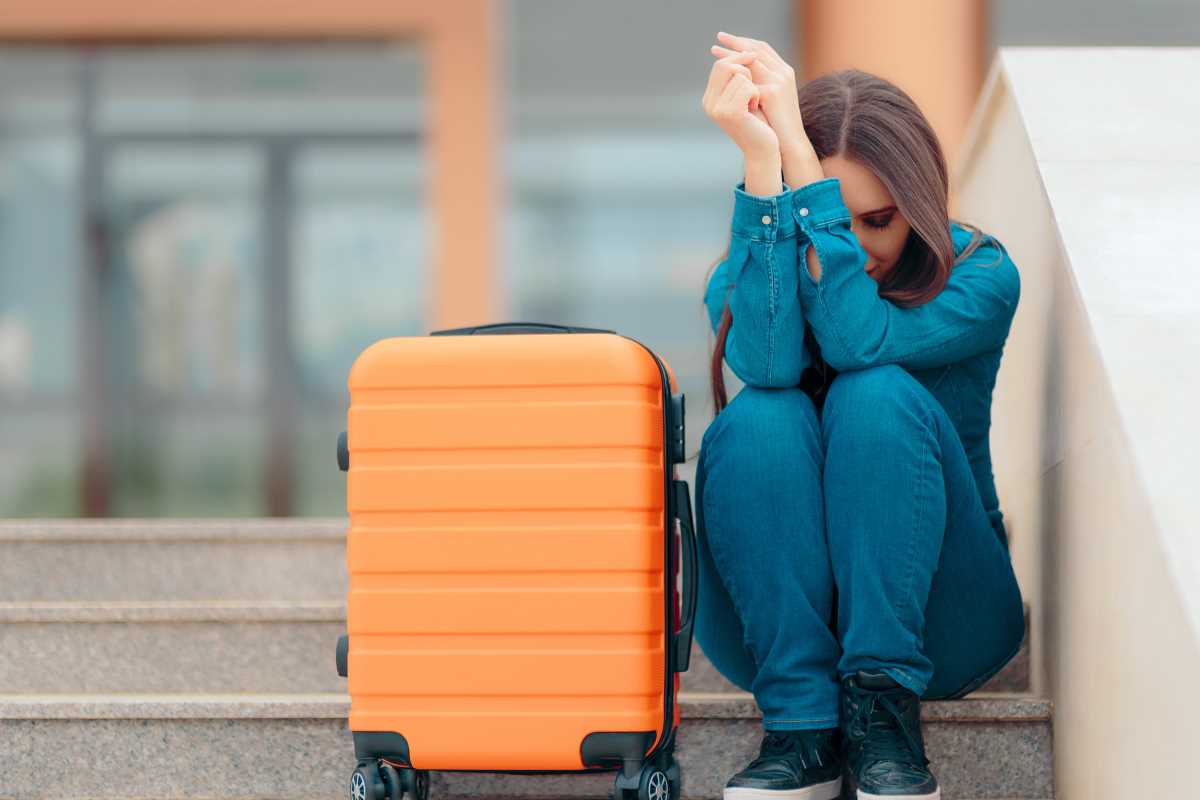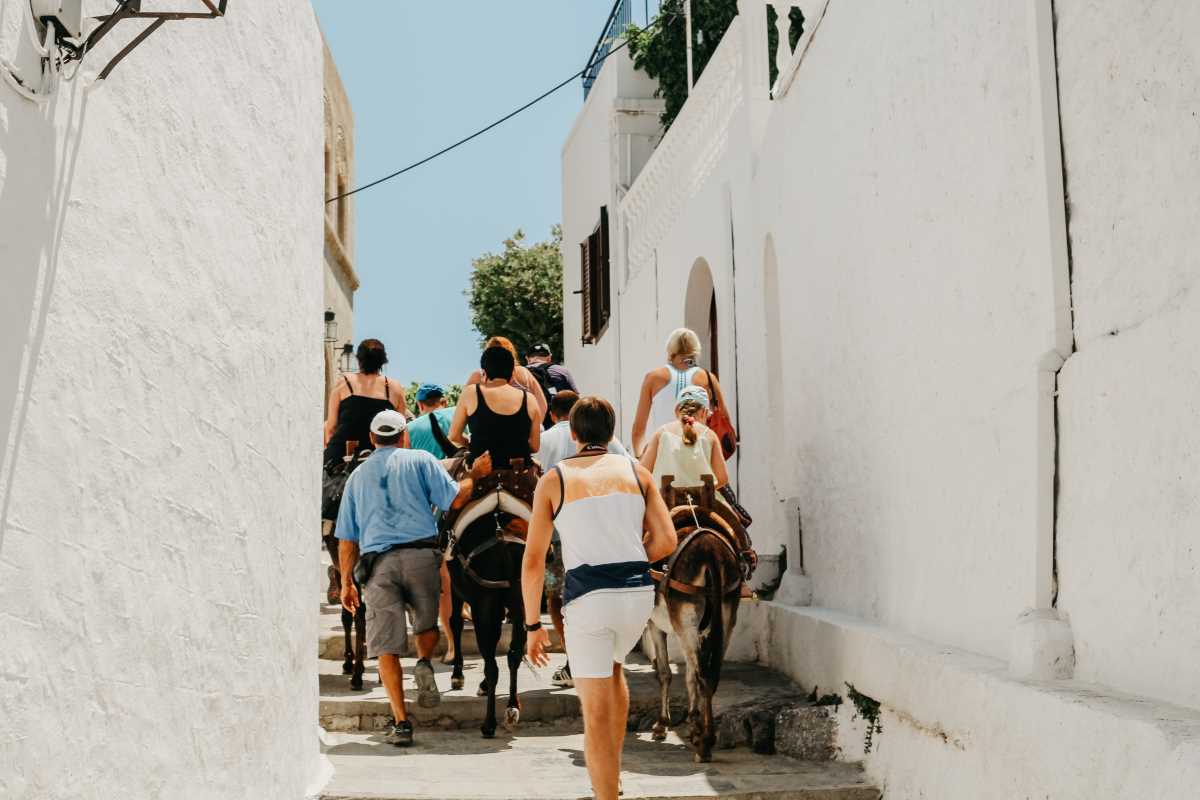If you've been itching to experience Iceland's otherworldly landscapes up close, camping is one of the best ways to connect with the island's natural beauty. From dramatic glaciers and volcanic plains to misty waterfalls and silent lava fields, Iceland offers a camping experience like no other. Picture waking up to the crisp morning air, surrounded by breathtaking nature as far as the eye can see. But before you grab your tent and hit the road, there are some essential details you need to know. This guide covers everything from camping rules and safety tips to must-have gear and standout campsites across Iceland. Whether you’re a seasoned camper or a first-timer, you'll soon be ready to set off on an unforgettable adventure.
Preparing for Your Icelandic Camping Trip
Proper preparation can mean the difference between a dreamy getaway and a logistical nightmare. Here are the most important things to keep in mind before you start exploring Iceland’s wilderness.
Understand Iceland's Camping Rules
Iceland enforces strict camping regulations to protect its fragile environment. Wild camping, while once widely practiced, is now heavily regulated due to increased tourism. It’s essential to know the following:
- Wild camping with a tent is only permitted under specific conditions outlined in the Nature Conservation Act:
- There can't be a designated campsite nearby.
- You’re allowed to stay for only one night.
- No more than three tents can be set up.
- Camping must not occur on cultivated or restricted land.
- For campervans and motorhomes, camping is only allowed at designated campsites or with explicit permission from property owners.
Respect these rules to avoid fines and help preserve Iceland’s natural beauty for future generations.
Choose the Best Time to Visit
Iceland’s camping season usually runs from May to September, but exact campsite opening dates can vary based on weather and demand. Summer months, featuring nearly 24 hours of daylight under the Midnight Sun, are a favorite among campers. If you're keen to experience the Northern Lights, visit between late September and early winter, though you'd need to prepare for colder conditions and shorter days.
Roads in Iceland, especially in the highlands, can become impassable after early September due to snow and ice, so plan accordingly. Constantly monitor real-time forecasts and road updates through Vedur.is (Icelandic Meteorological Office) and Road.is.
Plan Your Route and Budget
Iceland may look small, but distances between its iconic sights can be deceiving. Use resources like Google Maps or Iceland’s Ring Road (Route 1) as a starting point for planning your itinerary. Factor in gas stations, grocery stores, and rest stops, as certain stretches in highland regions can feel desolate.
For budget-conscious travelers, consider purchasing the Camping Card, which grants access to over 40 campsites for a fixed price. It’s valid for a family or group (up to two adults and up to four children under 16), making it an excellent option for those planning an extended stay.
Essential Gear for Camping in Iceland
Your camping experience hinges on having the right equipment. Iceland’s unpredictable weather shouldn’t be taken lightly, so pack gear that can handle sudden changes in conditions.
Shelter and Bedding
- Tent: A sturdy four-season tent is a non-negotiable to withstand the wind and rain. Even in summer, gusts can be fierce on Iceland's open plains.
- Sleeping bag and pad: Opt for a high-quality sleeping bag rated for subfreezing temperatures and an insulated sleeping pad for warmth and comfort on rocky terrain.
- Extra stakes and guy lines: High winds can challenge your tent's stability; having backups ensures a secure setup.
Clothing
Layering is the magic ingredient to staying comfortable in Iceland’s fluctuating weather:
- Base layer to wick away moisture.
- Middle layer, such as fleece, for insulation.
- Outer layer, including a waterproof and windproof jacket and pants, for protection.
- Accessories like gloves, hats, and thick socks are indispensable, even in summer.
Pro tip: Avoid cotton as it retains moisture and loses its insulating properties when wet. Stick to wool or synthetic materials.
Cooking Equipment
Campfires are prohibited in most areas of Iceland, so plan your meals around using camping stoves or compact cooking systems:
- Portable camping stove and fuel canisters.
- Lightweight cookware, reusable utensils, and an insulated mug.
- Non-perishable food like dried pasta, instant soups, and oatmeal.
- Refillable water bottle; most tap water in Iceland is safe to drink.
Safety and Extras
- Power bank or solar charger for phones and cameras.
- First-aid kit with essentials like pain relievers and bandages.
- Waterproof dry bags to protect electronics and valuables.
- Headlamp or flashlight, especially useful during darker months.
- Printable maps or GPS backups as phone signals can be unreliable in remote areas.
Travel insurance is also crucial. Although accidents are rare, peace of mind during unforeseen events is well worth the investment.
Safety Tips for an Enjoyable Trip
Iceland’s stark beauty can make it easy to forget how unpredictable the environment can be. Prioritize the following safety tips:
Check the Weather and Road Conditions
Iceland’s weather can change in an instant, especially as you venture away from populous regions. Always check Iceland's weather portal (Vedur.is) and road updates (Road.is) before departing for the day.
Avoid setting up camp in windy, exposed areas, where your tent is more likely to tear or collapse.
Respect the Land and Wildlife
Iceland’s ecosystems are delicate. Stick to marked trails to avoid damaging moss, which can take decades to regrow. Observe wildlife from a distance, and never feed animals to minimize human interference.
Stay Visible and Be Prepared
If you’re hiking or exploring remote areas, dress in bright colors and share your itinerary with someone. Similarly, avoid risky behavior like off-road driving, which is illegal and carries hefty fines.
Number One Rule
Never underestimate the power of Iceland’s natural elements. Be flexible with your plans and always err on the side of caution.
Must-Visit Campsites in Iceland
Choosing the right campsite enhances not just your convenience but also the overall experience of your Icelandic adventure. Here are top recommendations:
Þingvellir National Park
A UNESCO World Heritage Site, Þingvellir is rich in both natural beauty and history. Camping here places you close to stunning rift valleys where tectonic plates meet.
Skaftafell Nature Reserve
Part of Vatnajökull National Park, Skaftafell is perfect for hikers. Camp amid glaciers, basalt-columned waterfalls like Svartifoss, and breathtaking mountain views.
Landmannalaugar
Known for its multicolored rhyolite mountains and geothermal hot pools, Landmannalaugar is a top pick for summer visitors. Be aware it’s only accessible during the warmer months.
Vík í Mýrdal
Famous for its black sand beaches and proximity to iconic waterfalls like Skógafoss, this southern campsite offers coastal charm and easy access to attractions.
Westfjords Hideaways
For unrivaled solitude, head to Patreksfjörður. Its remote location and tranquil fjord views are a dream for those looking to escape the crowds.
Many campsites also offer communal cooking areas, hot showers, and laundry facilities. Research locations using maps provided by Happy Campers or similar resources.
Camping across Iceland’s rugged countryside is an unforgettable way to experience the island’s untamed beauty. Whether you’re chasing the Midnight Sun, marveling at the Northern Lights, or soaking in geothermal pools, Iceland is sure to leave you awestruck. Happy camping!
 (Image via
(Image via





